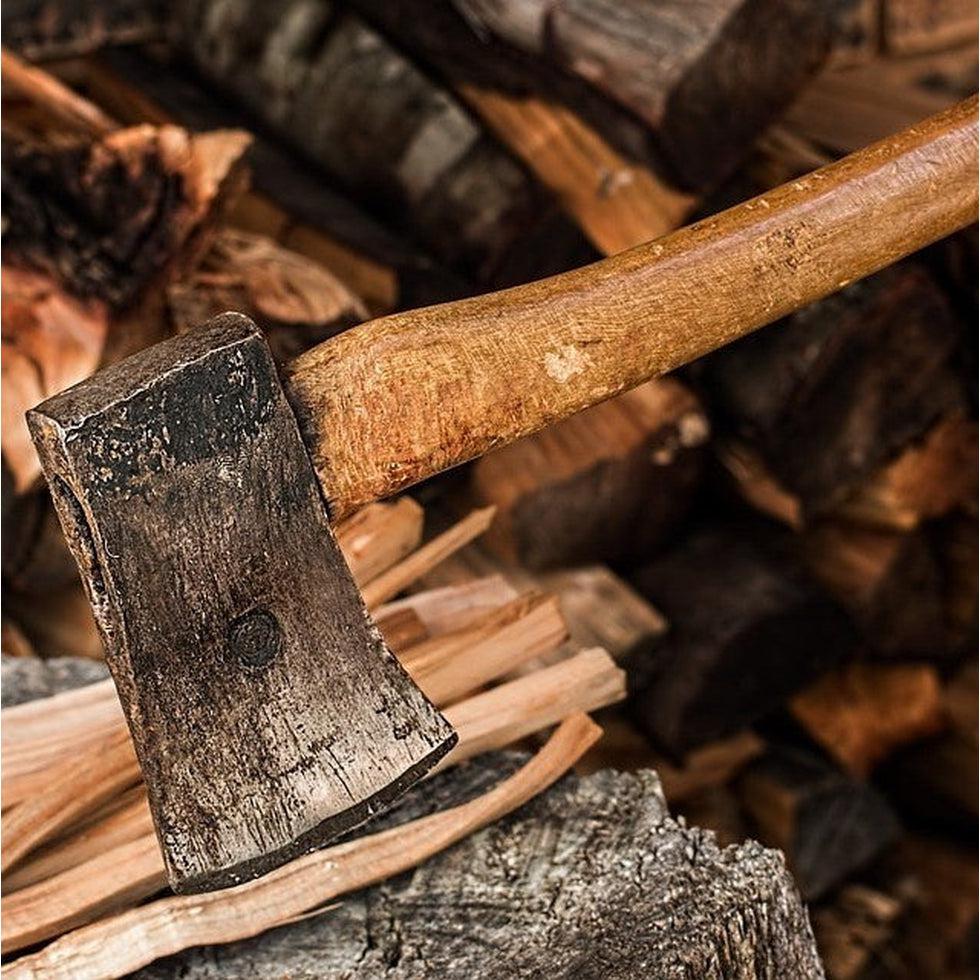Bushcrafting is a skill that requires a certain set of tools, one of which is the axe. Axes excel at cutting wood, splitting logs, and carving, making them an essential tool for all bushcrafters. However, selecting the right axe for your needs can be challenging. This blog focuses on several factors that should be considered while searching for the right axe to meet your needs.

- Purpose: The first thing you need to consider when selecting an axe is its purpose. What tasks will you be using it for? Will you be chopping down trees, splitting logs, carving wood, or all of the above? Different axes are designed for different tasks, and selecting the right one will make your job easier.
- Head Size: The head size of the axe is an important factor. The size of the head will determine the amount of force that can be applied while chopping. A larger head will provide more force, but will also be heavier and more challenging to control. A smaller head will be lighter and easier to control, but will not provide as much force.
- Head Shape: There are two primary shapes: the felling axe and the splitting axe. A felling axe has a long, thin blade that is designed for cutting down trees. A splitting axe has a wedge-shaped blade that is designed for splitting logs. If you plan to do both tasks, you may want to consider purchasing two axes, one of each type.
- Handle Material: The handle of the axe is also an essential factor to consider. The most common materials used for axe handles are wood, fiberglass, and metal. Wood handles are traditional and provide a good grip but may break if not maintained correctly. Fiberglass handles are lightweight and durable but may become slippery when wet. Metal handles are the most durable but are heavy and may be uncomfortable to use.
- Handle Length: The length of the handle is another critical factor to consider. A longer handle will provide more leverage, making it easier to swing the axe with force. However, a longer handle can also be more challenging to control. A shorter handle will be easier to control, but it will not provide as much force.
- Weight: A heavier axe will provide more force, but it will also be more challenging to control. A lighter axe will be easier to control, but it may not provide as much force. Selecting the right weight for your needs will depend on your physical strength and the tasks you plan to perform.
- Price: Finally, you need to consider the price of the axe. Axes can range in price from under $50 to over $500. While a more expensive axe may be of higher quality, it may not be the best option for your needs. Determine your budget and select an axe that meets your requirements within that budget.
|
Gransfors Bruk Small Splitting Axe |
Hults Bruk Akka Forester's Axe |
|---|---|
|
|
|
| View Product | View Product |
Selecting the right axe for bushcrafting is essential for ensuring that you can perform the necessary tasks efficiently. Consider the purpose, head size and shape, handle material and length, weight, and price when making your decision. By doing so, you can select an axe that meets your needs and bushcrafting goals.



